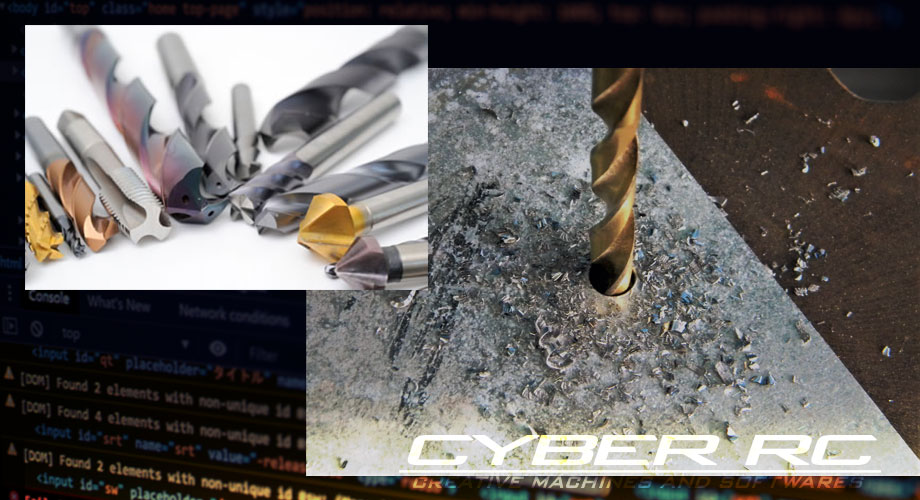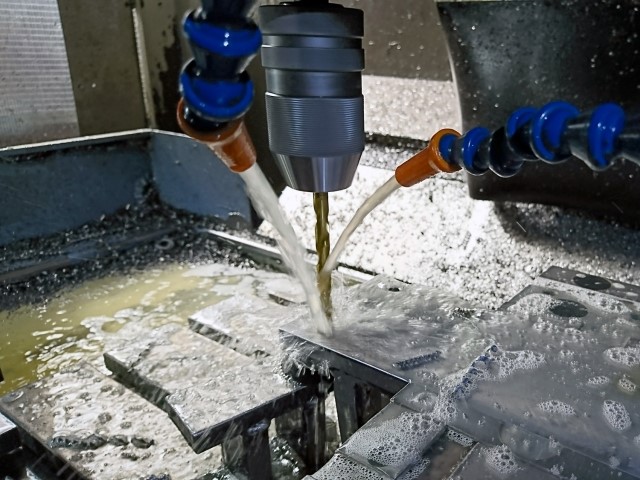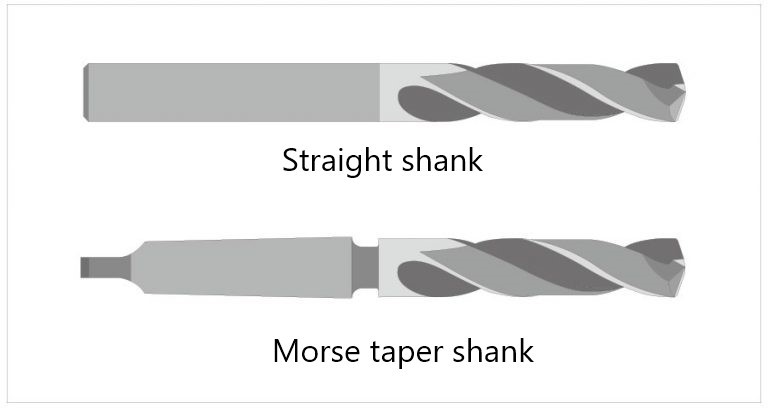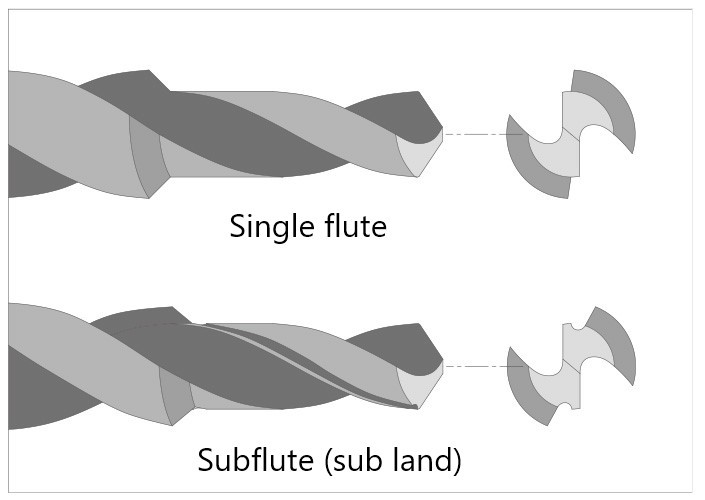Basic knowledge of drills (1) What is a drill?
Dec. 7. 2021

If you’re reading this article, you probably have some basic knowledge about drilling, but I hope you’ll read this article as a refresher.
We will try to provide an explanation that is easy to understand for those who are new to the manufacturing industry or who do not yet have any image about cutting tools.
What is a Drill?
A drill is a tool that has a cutting edge at the tip and a chip evacuation groove in the body, and is used to drill holes in materials while rotating.

A drill is a tool that has a cutting edge at the tip and a chip evacuation groove in the body, and is used to drill holes in materials while rotating.
Types of drills
As we mentioned earlier, there are a wide variety of drills, but the following is a brief description of the main types of drills currently being used.

Solid drill: A drill in which the tip, body, and shank (the part that the machine grips) are all made of the same material. This is the most standard and commonly used type. The most common materials are HSS (High Speed Steel) and cemented carbide. There is a wide variety of diameters from very small (less than 1mm) to large diameters tools.

Head exchangeable drills: Head exchangeable tips of solid drills. In most cases, the head is made of cemented carbide and the holder is made of HSS. (In addition, by increasing the rake angle (groove twist) of the tip and decreasing the twist of the holder, the rake angle of the cutting edge can be maintained while chip evacuation is facilitated and the rigidity of the body can be increased. The disadvantage is that it is technically difficult to replace the head of a small diameter, and the size is limited to medium to large diameters.

Insert drills: Drills that use insert tips for cutting edges. The advantages are the same as those of the head exchangeable type. The cost of replacement due to wear is lower than that of the head exchangeable type. However, the disadvantage is that it can only handle larger diameters than the head exchangeable type.

Brazed drill: A drill in which the tip and body are joined by brazing. In addition to the advantages of the head exchangeable type drill, it can also be used for special shapes (such as multi-step). but the initial cost is high due to customization and the re-grindable times is limited.
Drill grooves
Drills have grooves on the body to make cutting edges and to discharge chips produced during drilling. Depending on the shape of the grooves, drills can be classified as follows.

Right-hand twist drill: The most orthodox type one. The hole is drilled by rotating the tool forward.

Left hand-twist drill: A drill with a left-twist groove. The tool is used in reverse rotation.

Straight-edge drill: A drill with straight grooves without twists. Commonly used for non-ferrous metal applications such as burnishing drills.

Flat-groove drill: A drill with flat grooves and a large central thickness (web). Often used for HSS long drills.
Drill shan
There are several types of shank shapes that grip the drill to the machine. Recently, the “straight shank” is almost always used.

Straight shank: A drill with a cylindrical shank. In most cases, the cutting edge and shank have the same diameter. This is the current mainstream type, and is mainly used for drilling by gripping with a spring collet.
MT shank (Morse taper): The shank is shaped like a morse taper and is used by inserting it into the MT holder.
Step Drill (Stepped)
Stepped drills with different diameters are sometimes used to perform two or more processes in a single operation. The main applications are to reduce burrs in through holes, to process holes of different diameters, to perform simultaneous counter burring, and to perform simultaneous chamfering.

Single-groove step drill: The rake edge is attached to both the tip and the stepped edge in a single groove. The initial cost is low and step drills can be produced easily. However, since the neck relief of the cutting edge of the stepped portion bites into the groove, the load is applied there and the drill tends to break.
Sub-groove step drill (sub-land drill): A drill with an additional groove for the rake edge of the stepped portion. The initial cost is high, but the neck is strong because the relief does not bite into the groove (the phase of the cutting edge is shifted) as in a single-groove step drill.
There are many drill shapes and not all of them included by the above classification, but they can be roughly classified as above.
In the next article, we will explain the elements that make up a drill.
<Next>Basic knowledge of drills (2) Elements that make up a drill




